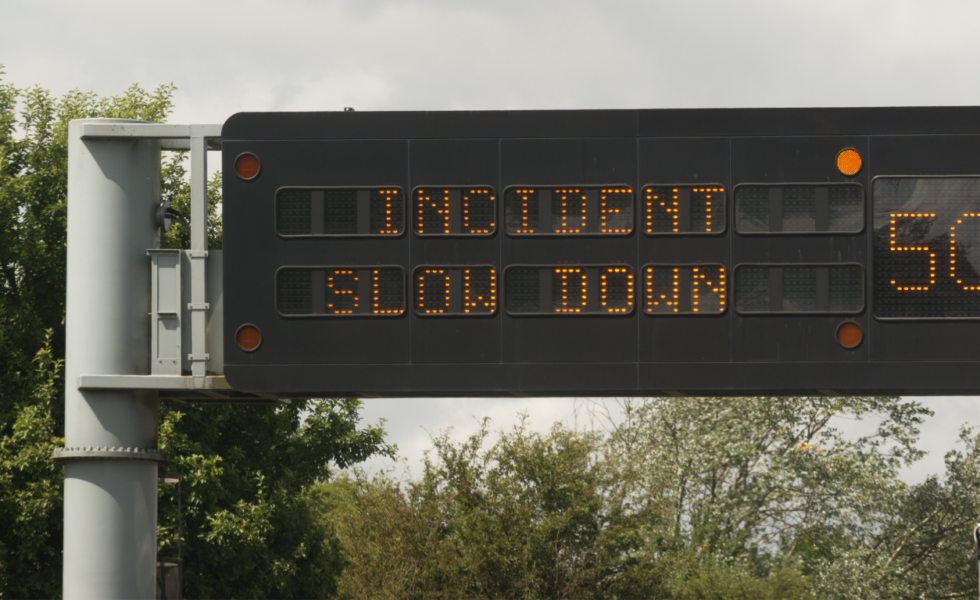Design Finite Element Analyses and Crash Testing
The AASHTO-FHWA Joint Agreement for the Implementation of MASH 2016 requires that any roadside safety hardware (guide rail, bridge rail, transitions, attenuators, etc.) to be installed on the National Highway System must be MASH-compliant. Transitions were not previously required to be crash tested, so the NYSDOT designs needs to be.









